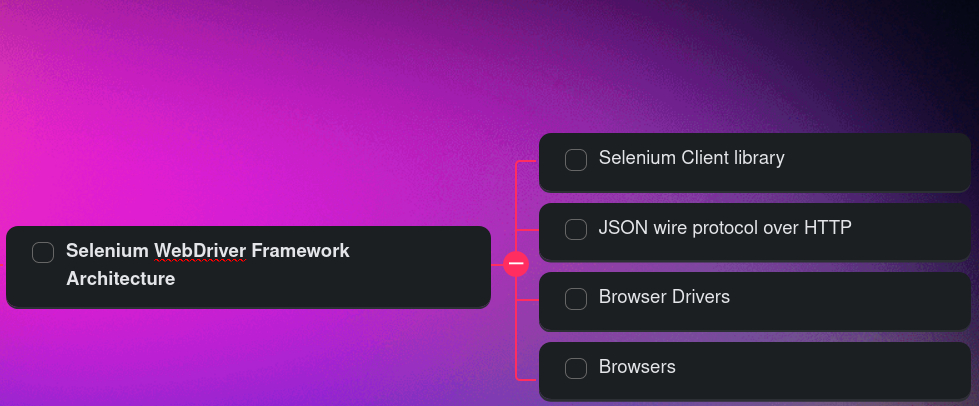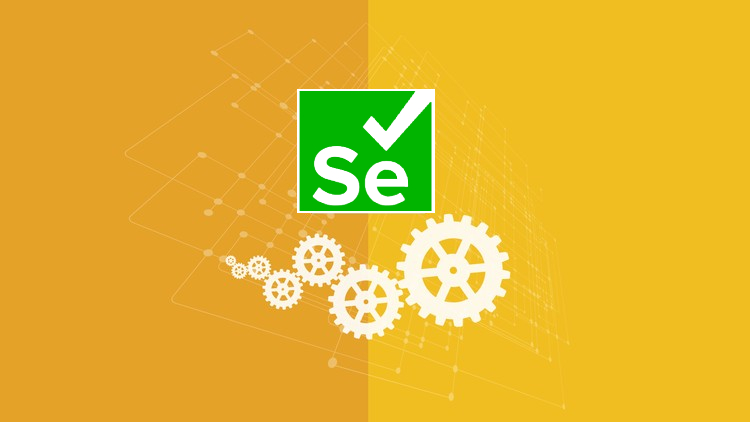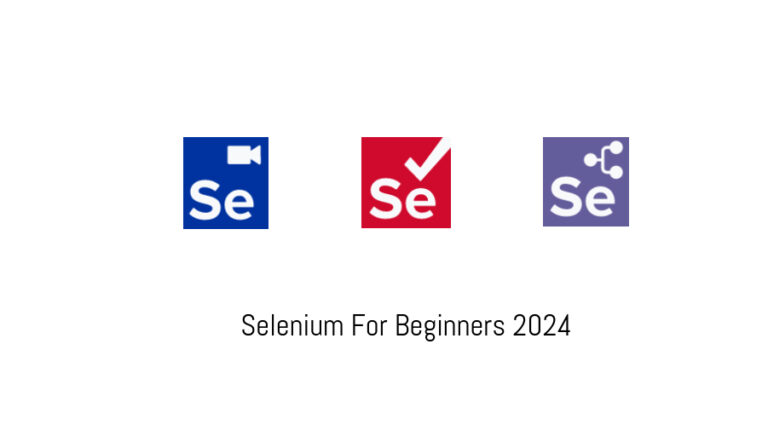Selenium Webdriver A Beginners Tutorial 2024. A WebDriver is a browser automation framework. It receives commands and routes them to a browser. Simon Stewart built WebDriver for Selenium in 2006. It was the first cross-platform testing framework that could manipulate the browser at the operating system level.
Selenium WebDriver is a programming interface that allows you to develop and run test cases. It enables you to test against all major programming languages, browsers, and operating systems. It can operate on a variety of platforms and, because it composed of many language bindings, it allows you to code in multiple languages.
Table of Contents
Selenium Webdriver A Beginners Tutorial 2024
Selenium WebDriver is a web framework that allows you to perform cross-browser testing. This program used to automate web-based application testing and ensure that it functions as planned.
Selenium WebDriver lets you select a programming language for creating test scripts. As previously stated, it is an improvement to Selenium RC to address a few issues. WebDriver cannot handle window components, but limitation can bypassed by using tools such as Sikuli and Auto IT.
Selenium WebDriver Framework Architecture

WebDriver Architecture made up of four major components:
- Selenium Client library
- JSON wire protocol over HTTP
- Browser Drivers
- Browsers
Selenium Client Libraries & Language Bindings
Selenium supports a variety of libraries, including Ruby, Python, and Java, thanks to language bindings created by Selenium developers to ensure interoperability across languages. For example, to use the browser driver in Python, use the Python Bindings. You can download any of the supported language bindings from Selenium’s official website.
JSON Wire Protocol
JSON stands for JavaScript Object Notation. It is an open standard that defines a transport mechanism for data transfer between web clients and servers. It supports a variety of data types, including arrays and objects, making it easy to read and write data from JSON.
JSON functions as a REST (Representational State Transfer) API for exchanging data across HTTP servers.
Browser Drivers
Selenium provides browser-specific drivers that interact with the relevant browser by establishing a secure connection, without revealing the core logic of browser capabilities. These browser drivers also tailored to the language used for test case automation, such as C#, Python, and Java.
| Browser | BrowserDriver | OS Supported |
|---|---|---|
| Google Chrome / Chromium | ChromeDriver | Windows/macOS/Linux |
| Mozilla Firefox | GeckoDriver | Windows/macOS/Linux |
| Microsoft Edge | Microsoft Edge WebDriver | Windows/macOS/Linux |
| Safari | SafariDriver (in-built) | macOS High Sierra and newer |
| Internet Explorer | InternetExplorerDriver | Windows |
You can download the browser driver of your choice, depending on your language requirements. When a test script conducted using WebDriver, the following tasks completed in the background
- Every Selenium command generates an HTTP request, which given to the browser driver.
- The HTTP request received by the driver via an HTTP server.
- An HTTP server determines all the steps/instructions that will executed on the browser.
- The HTTP server receives the execution status and delivers it back to the automation scripts.
Browsers
As previously noted, Selenium supports a variety of browsers, including Chrome, Firefox, Safari, and Internet Explorer.
Basic steps of a Selenium WebDriver script
- Create a WebDriver instance.
- Navigate to a webpage.
- Locate a web element on a webpage using Selenium locators.
- Perform one or more user actions with the element.
- Preload the expected output or browser response to the action.
- Run the test.
- Record the outcomes and compare them to the expected output.
How does Selenium Webdriver work?
Consider a WebDriver to be a medium via which two entities can interact. Assume there are two people who cannot communicate in the same language. One of them has intriguing and useful things to say but is unable to convey their message effectively. In that situation, you’ll require an interpreter.
Selenium WebDriver serves as such an interpreter. It enables your code to interface with various browser drivers. When you use Selenium to execute tests, you define test cases with element locators. You use Selenium’s element finder approach to find your elements. You can then use WebDriver to conduct actions on those items.
Pros and Cons of Selenium Webdriver
Pros
There no doubting that Selenium WebDriver one of the most popular open-source tools, and it quite simple to get started (assuming you can code). WebDriver employs more straightforward commands than the earlier Selenium RC. Its minimalistic architecture allows for speedier test execution.
Again, the fundamental distinction between Selenium WebDriver and the deprecated Selenium RC is that it communicates directly with the browser. This significantly speeds up the process of automating and executing tests.
Cons
Part of the difficulty in utilizing Selenium WebDriver stems from attempting to generate test results. There is no built-in command to automate them. Because it does not create test results on its own, it is impossible to determine how many of your tests failed. It’s also time demanding.
Selenium WebDriver may be simpler than prior Selenium versions, but it still requires coding. Your QA team will rely on developers who understand Selenium but are not necessarily familiar with your overall business processes.
Finally, Selenium WebDriver takes effort to set up and maintain, and it requires third-party integrations to perform many testing tasks
Also Read: Selenium For Beginners 2024
FAQ
What is Selenium Webdriver?
Selenium WebDriver is a web framework that allows you to perform cross-browser testing. This program used to automate web-based application testing and ensure that it functions as planned.
Selenium WebDriver lets you select a programming language for creating test scripts. As previously stated, it is an improvement to Selenium RC to address a few issues. WebDriver cannot handle window components, but limitation can bypassed by using tools such as Sikuli and Auto IT.
How does Selenium Webdriver work?
Consider a WebDriver to be a medium via which two entities can interact. Assume there are two people who cannot communicate in the same language. One of them has intriguing and useful things to say but is unable to convey their message effectively. In that situation, you’ll require an interpreter.Selenium WebDriver serves as such an interpreter. It enables your code to interface with various browser drivers. When you use Selenium to execute tests, you define test cases with element locators. You use Selenium’s element finder approach to find your elements. You can then use WebDriver to conduct actions on those items.


